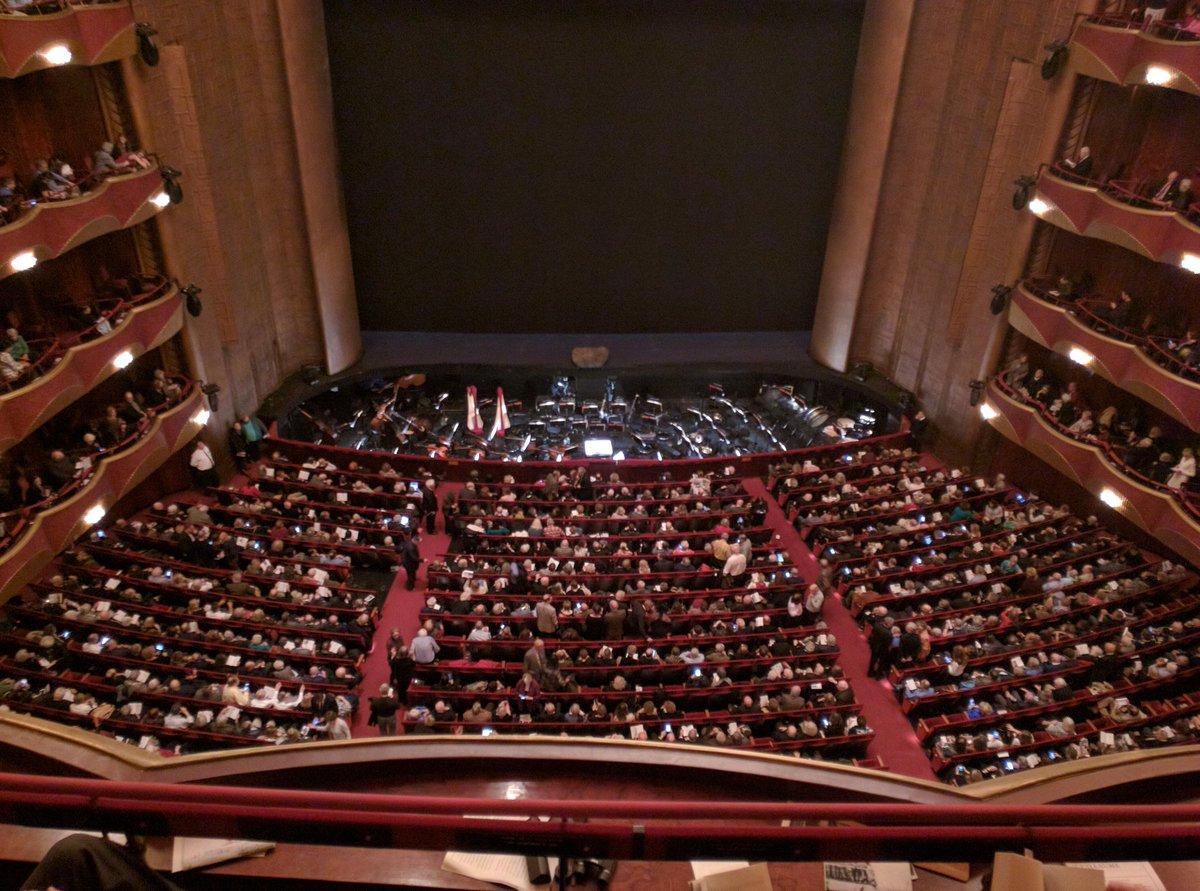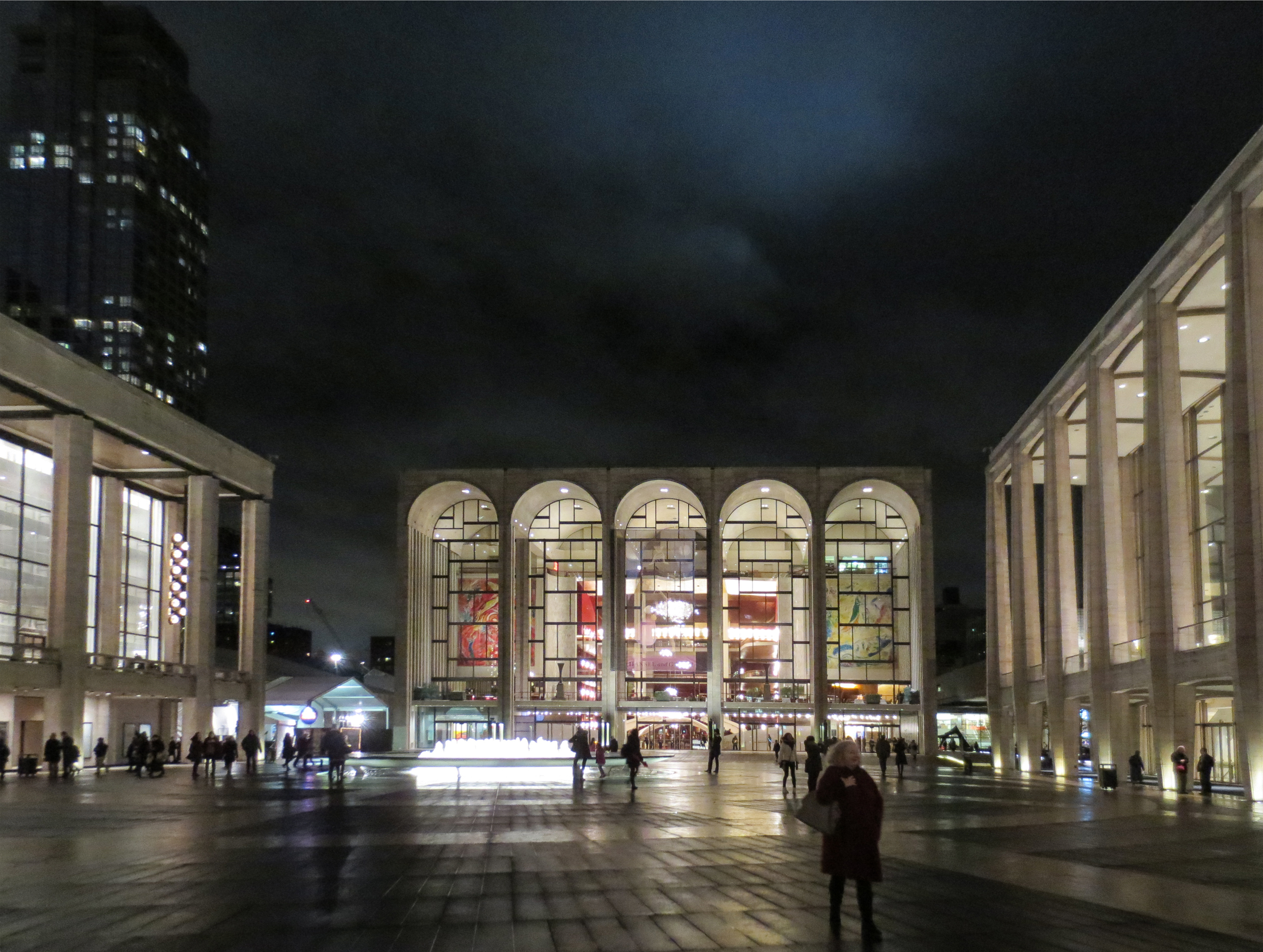

Our final stop on the tour was the dressing rooms for primary performers. The piece was being constructed for the Met’s production of the Ring cycle, the famous four-part opera series composed by Richard Wagner. Walking further inside, we saw a massive dragon’s head hanging above one of the work tables, glaring down at us with its teeth bared. We were able to see and feel how the Met’s master set designers construct monolithic statues and grand stone structures from deceptively lightweight materials. The scene shop was one of the most impressive aspects of the tour. They can also be adjusted to fit different sizes, both in height and weight, so that any number of performers can don the outfit over the course of about 25 years. Costumes constructed for operas at the Met cost upwards of $1,000 to make, and they’re built to last.

Devastatingly, the costume shop was closed, but we walked down a hallway where many already-made costumes were hanging on racks to the side. We went through corridors lined with priceless portraits of the Met’s most famous performers, as well as blown-up photographs documenting the Met’s history and a few of its iconic performances. Highly unlikely, but it makes for a fun story, and one can’t help but wonder how these rumors come to be in the first place!įinally, we ventured into the bowels of the opera house-places that aren’t readily open to the visiting public, and where pictures are definitely NOT allowed. The untitled, abstract bronze piece was created by artist Mary Callery, and is sometimes affectionately referred to as “the car wreck.” According to Julie, it’s rumored that the sculpture conceals a hidden sniper’s nest. Julie directed our attention to the large sculpture that hangs on top of the stage’s proscenium arch. Yes, I am still kicking myself over it.) We sat in the fourth row of the orchestra section as Julie imparted more of the Met’s history, all of us hyper-aware that we would be unlikely to enjoy such prime seating again any time in the near future. (No, I wasn’t aware that pictures of the stage were allowed. We were fortunate enough to go inside the theater, where the curtains were raised to reveal a gorgeous set that had been put in place for a dress rehearsal later that day. The foyer’s chandelier, like the theater’s, is made entirely of Swarovski crystal. Also, the chandelier hanging above us was a smaller version of the iconic, 18-foot-wide starburst chandelier that hangs in the actual theater.

Our tour guide, Julie, informed us that the grand staircase, as well as much of the floor that it leads up to, are all carved from the same piece of concrete. Walking into the foyer felt like stepping into another world, knowing that it contained so much culture and history. On Sunday, February 3rd, a few of us students here at New York Arts had the rare and exciting opportunity to tour the Metropolitan Opera House.


 0 kommentar(er)
0 kommentar(er)
